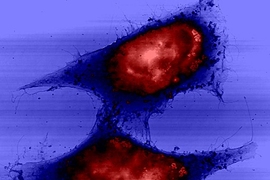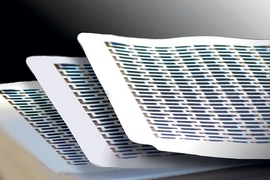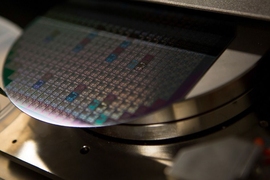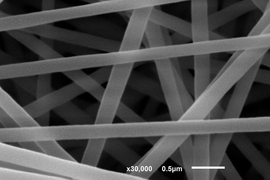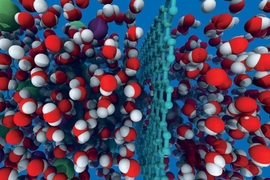A search to understand how materials behave at the nanoscale — a nanometer is one-billionth of a meter — has been under way for decades. Researchers now have the ability to manipulate and construct materials at the scale of individual atoms or molecules.
At MIT, faculty from many disciplines are applying the potential of nanoscience and nanotechnology to tackle today’s urgent challenges in health, energy, computing, manufacturing, improving the health of our planet, and more.
Nanotechnology is being applied to a vast array of innovations, including faster and more energy-efficient chips; nanoparticle drug delivery; printable photovoltaic solar cells; high-performing lithium-air batteries; heat-transferring nanofluids for cooling systems and electronics; nanoparticles that magnetically separate oil and water; new stronger metal alloys built with nanocrystals; and nanoscale coating materials that could help implants better adhere to a patient’s bone.
The slide show above shows a sampling of the ways in which MIT scientists and engineers are solving big problems one atom and one molecule at a time.
“If you have your hands on the right tools,” says MIT President L. Rafael Reif, “we believe even big problems have answers.” And, he adds, “A state-of-the-art nano facility is the highest priority for MIT, because nanoscience and nanotechnology are omnipresent in innovation today.”
